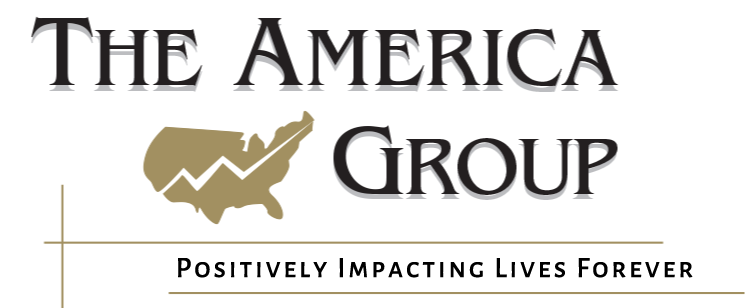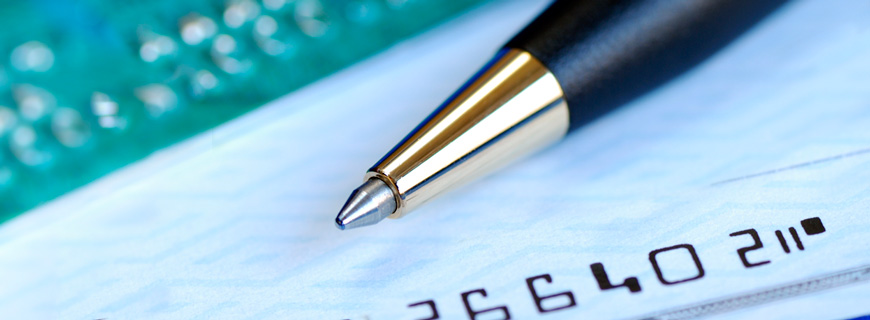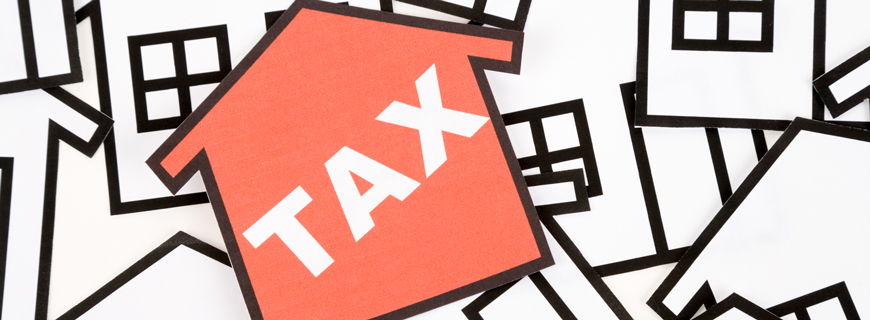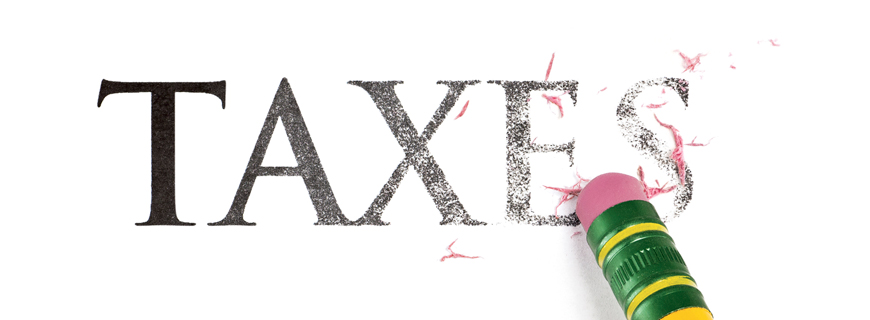Personal financial statements are the roadmap that guides us from where we are today, to where we want to be tomorrow. They also provide fixed points of reference from which we can measure our progress over time.
What are Personal Financial Statements?
There are two basic personal financial statements that everyone should prepare, or have a financial advisor prepare, at least once each year: the cash flow statement and the balance sheet.
This process is a critical first step in financial planning. Tracking your financial position and progress gives you a great feeling of control – you know where you are going financially. It helps you to make smarter decisions about financial matters.
The Cash Flow Statement
Simply put, “cash flow” is a measure of the money coming in and going out each month. A cash flow statement is an ongoing financial document that tracks your sources of income, your uses of income, and the difference between the two (surplus funds which can be invested towards future financial objectives or saved for a rainy day.)
If you keep a budget, you are, in essence, keeping a running cash flow statement. By tracking your cash flow on a monthly basis, you’ll be better prepared to meet your financial needs:
- Short-term expenses – your day-to-day expenses and standard of living items such as food, transportation, childcare, rent or mortgage, utilities, telephone, cable, etc.
- Recurring expenses – periodic payments for items such as periodic insurance premiums, tax payments, medical and dental expenses, etc.
- Financial emergencies – an emergency fund of between three and six months salary that provides cash for emergencies instead of using debt.
- Intermediate- and long-term goals – systematic planning and saving that helps you meet pursue your financial objectives.
Balance Sheet
Your balance sheet is a snapshot of your personal net worth.
| Total Assets | |
| less | Total Liabilities |
| equals | Your Net Worth |
Estimating Your Net Worth
Total Assets: A list of current estimated value of your assets might include the following: cash in banks and money market accounts, cash surrender value of life insurance policies, IRA & Keogh account balances, pension and 401(k) accounts, equity in real estate, and personal possessions. Add them up and you’ll have a figure that represents your Total Assets at the moment.
Total Liabilities: Next, make a list of your liabilities, which might include the following: mortgage, bank loans, car loans, charge accounts, taxes owed, college loans, etc. Add these up and you’ll have a list of your Total Liabilities. Hopefully, it’s less than your assets!
Your Net Worth: Your personal net worth is the difference between your total assets and your total liabilities.
As the control you gain through cash flow management turns into increased savings, your success is reflected in an increasing net worth. The process of preparing personal financial statements will bring you closer to controlling your personal finances and accumulating sufficient assets to meet your objectives.
